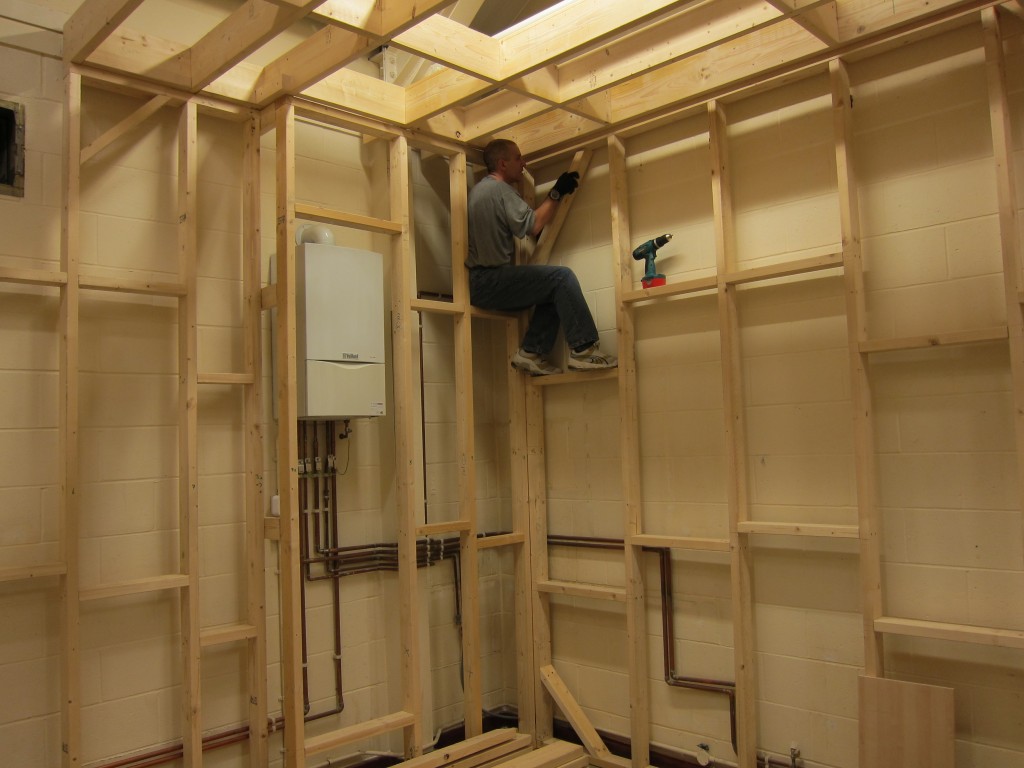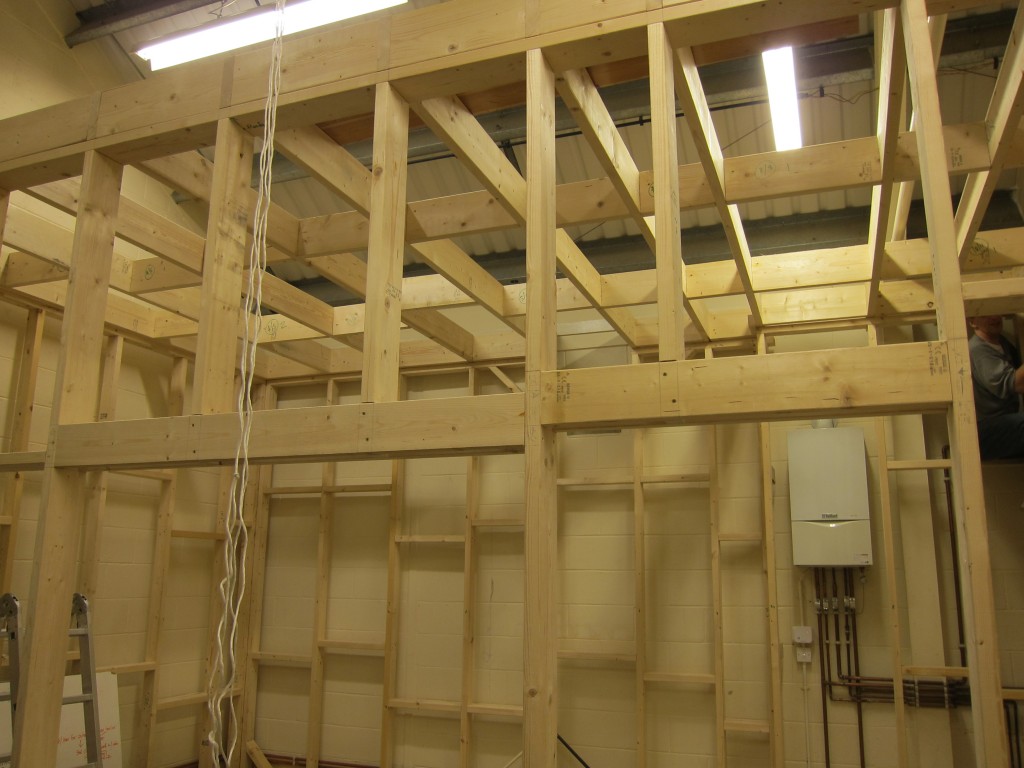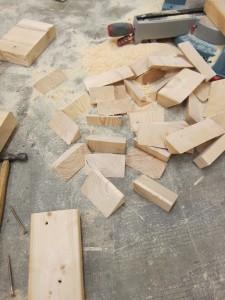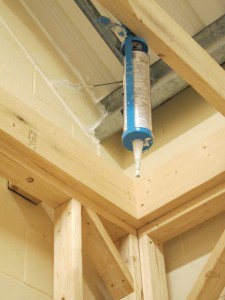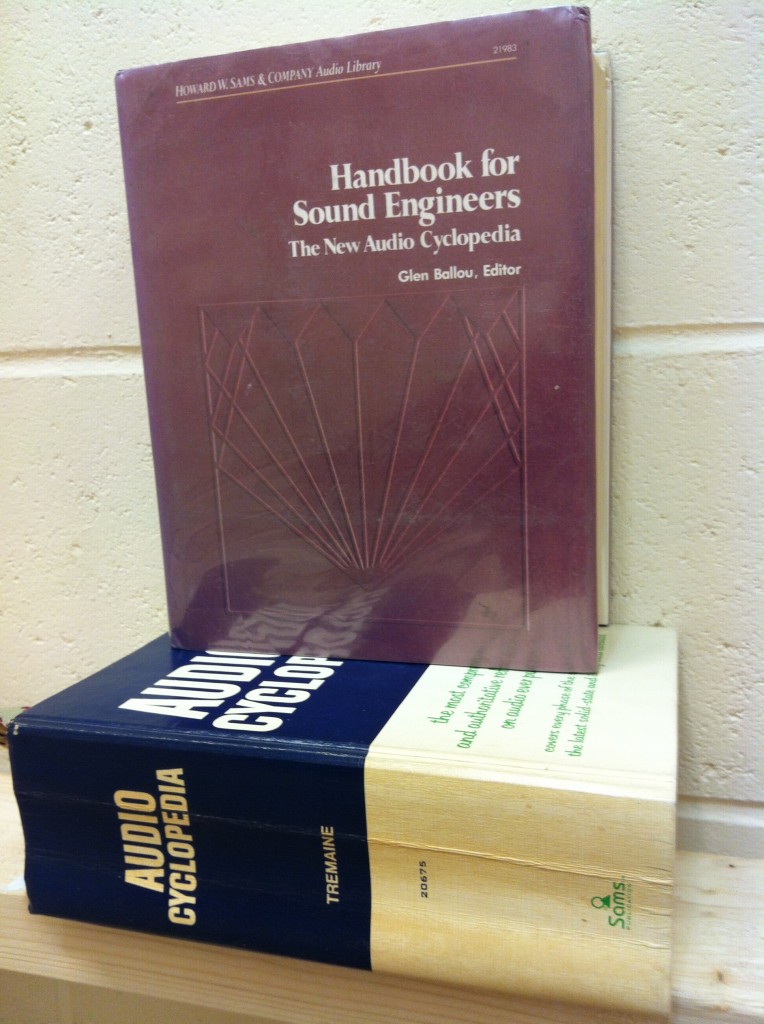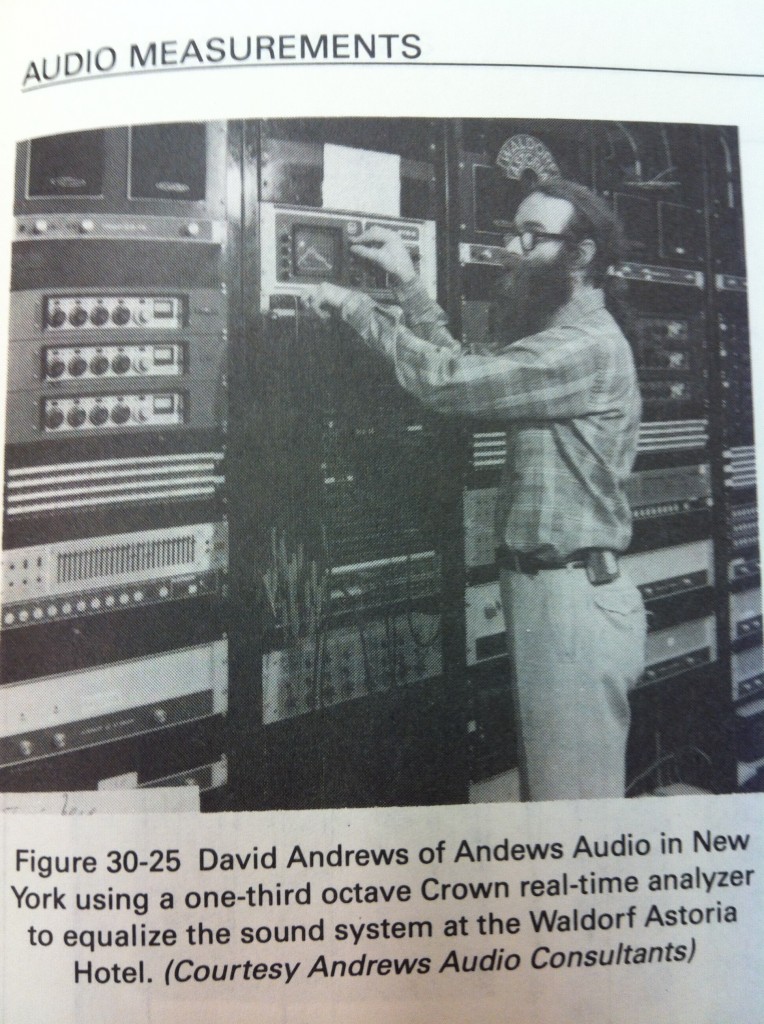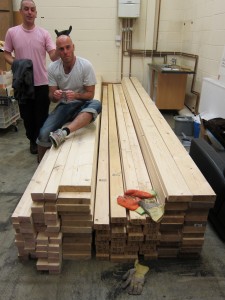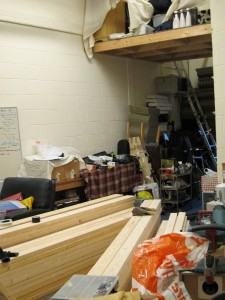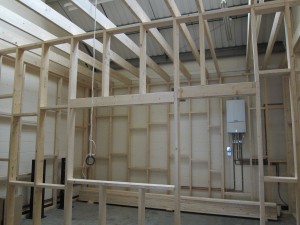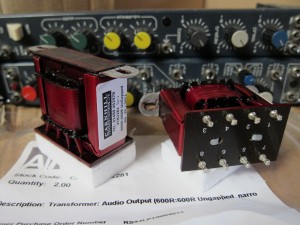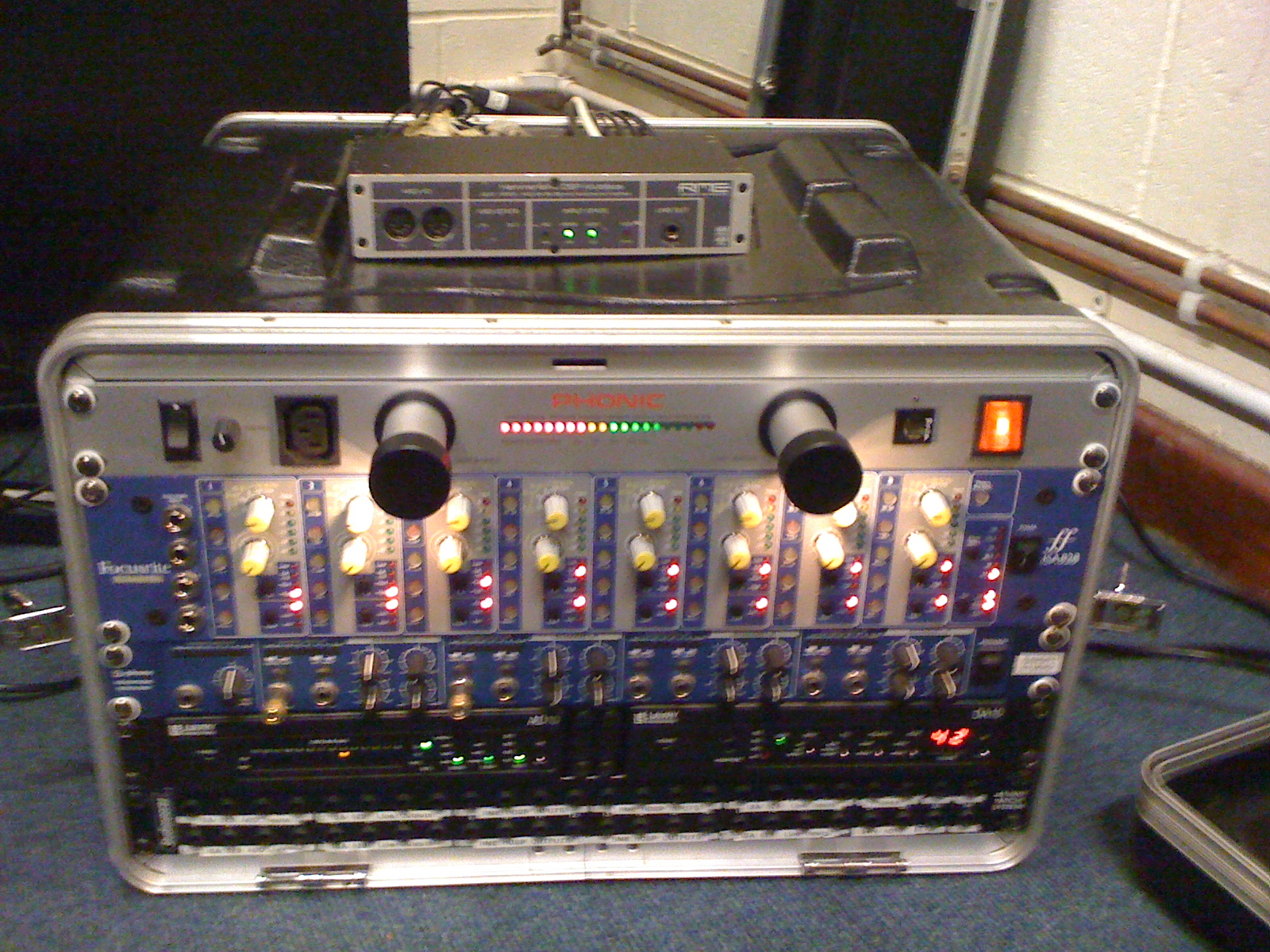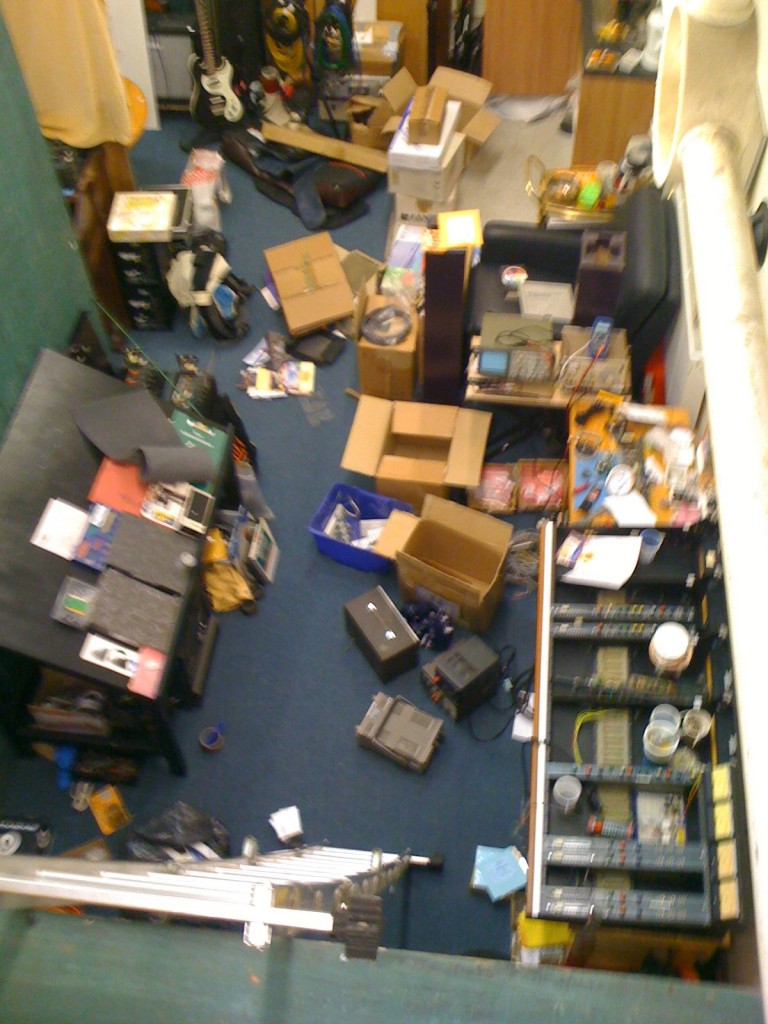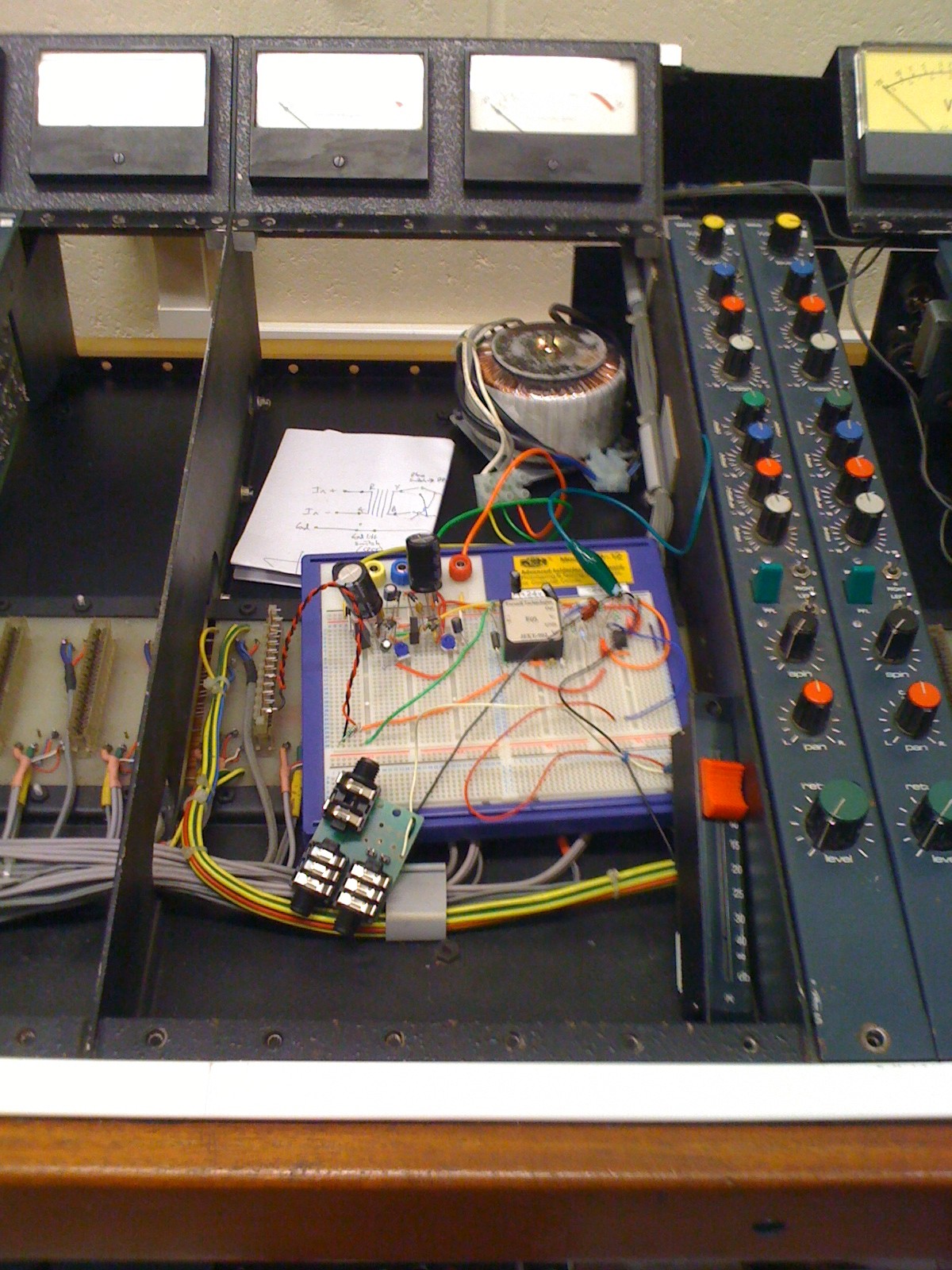After a month or more baby-induced hiatus the build at Sandpit is getting back up to speed, though I am still managing to fit in some sample making, recording and reviewing here and there. The outer timber frame for the control room is now up and feeling solid with the first order of mineral wool arriving tomorrow, though I really don’t know where it’s going to go as space is a little short during this build. I guess I’ll just have to wade into the job of wedging it all into place, a task reliant on the chicken wire I have ordered turning up in time; the chicken wire is to hold the mineral wool in place in the roof sections as well as to prevent slippage in some wall cavities. Here are a few photos from the last week or so.
Renovations of the Midas PR mixing desk have also been on hold, but design work has started up again, i.e. I have started jotting stuff in my notebook and splurging lists and links all over Evernote. As an aid to this task I have managed to get a copy of The Handbook For Sound Engineers: A New Audio Cyclopedia edited by Glen Ballou. It’s a 1987 edition so doesn’t have many of the digital bits n bobs in the latest revision, but then again this cost me £11 costs instead of ~£80. The new one does have an excellent chapter on transformers by Bill Whitlock (of Jensen transformers), but this is available from the Jensen website as a PDF anyway. Amongst the audio gold (mostly acoustics and electronics) in this book is a chapter on mixing consoles with some great info and opinion on grounding issues, which are probably the most significant aspect with regard to sound performance and quality. It even mentions the use of the Dean Jensen designed 990 discrete op amp, a version of which that I am using in the mix-buss amplifier, as a method of getting much higher performance (lower impedance and noise ratios) though with the caveat that “this elegant device inevitably carries an elegant price tag”. Anyway, a f***ing great book which reaps rewards with every dip in, much like its predecessor The Audio Cyclopedia by Howard Tremaine which had it’s last revision in 1969; needless to say I have that too.
And to prove how cool this book is and why you should get your own copy, here is an inspiring pictorial extract…wow…just wow…
Right, off to the Sandpit now to screw some shit together, then swear, take it apart, and screw back together how I originally had it…then splurge acoustic sealant all over it and make a cup of tea…and repeat…

